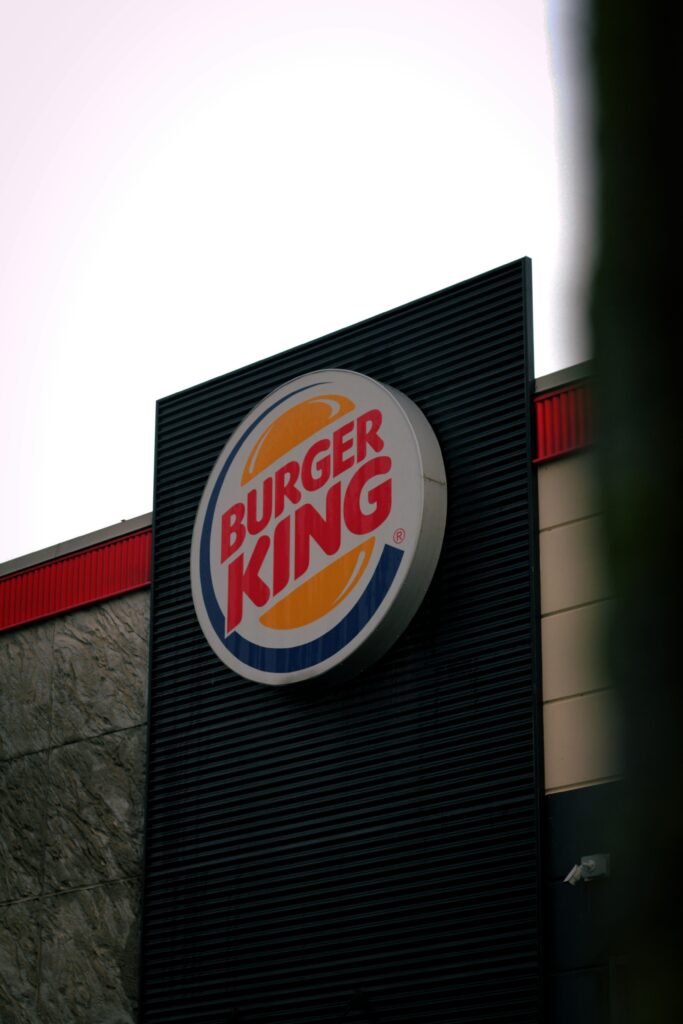Image credit: Unsplash
California’s $20 Minimum Wage Law Sparks Industry Changes
California’s recent implementation of a $20 per hour minimum wage law for food outlets with 60 or more locations nationally has caused significant changes. This groundbreaking law, which went into effect on April 1st, raises the minimum wage from the previous $16 per hour to $20 per hour, signaling a significant change in labor standards.
Business Adjustments and Industry Reactions
Companies impacted by the new rule may modify their business practices to account for rising labor expenses. Some, such as In-N-Out Burger, argue that the impact is negligible because of pre-existing wage arrangements, but others have chosen to absorb costs by raising prices. Notably, Chipotle increased pricing by 7.5 percent in response to prior signals from earnings calls. Other brands, including McDonald’s, have responded differently, with many of their locations delaying making any changes to prices right away.
Concerns about the pay hike’s unforeseen implications have been voiced by analysts. Some locations are reportedly taking preventative steps, such as reducing employee hours and eliminating jobs, in anticipation of the mandate’s financial impact. Additionally, there’s talk that greater automation—such as robotics and kiosks—may proliferate in an effort to counteract growing labor expenses.
Alongside the new law, the formation of a Fast Food Council is a hint of continued regulatory monitoring and possible industry changes in the future. The dynamic character of labor standards and their effects on both businesses and consumers are highlighted by this development.

Customers may notice changes in product availability, pricing, and service models. Some businesses may also use cost-controlling techniques like “shrinkflation,” in which product sizes are lowered while prices stay the same.
The minimum wage law in California for fast-food outlets continues to create a buzz. Although the whole scope of its effects is yet unknown, it is certain that companies and customers must adjust to these changing labor laws.
Moreover, the consequences of this legislation surpass mere modifications in terms of pricing and operations. The discussion of minimum wage legislation, especially as it relates to the fast-food industry, brings up more general issues of labor dynamics, corporate sustainability, and economic equality.
The wage increase’s supporters contend that it encourages low-paid workers to get fair remuneration, enhances their quality of life, and lessens their need for government assistance programs. They argue that wage increases encourage consumer spending, which helps businesses and local economies. Proponents stress the moral requirement of paying livable wages, especially in sectors of the economy where a large proportion of low-wage workers are employed.
Critics, however, voice worries about the possible negative effects of required pay raises. They contend that rising labor expenses, especially in sectors with already narrow profit margins, may result in job losses, fewer hours worked, and a rise in automation. Some entrepreneurs caution that significant pay increases may compel them to boost costs, lay off employees, or even close their doors, which could impact communities and workers.
The passage of California’s $20 per hour minimum wage bill for fast-food businesses marks an important turning point in the continuing discussion about economic policy and labor standards. Policymakers, companies, and activists tackling the difficult task of striking a balance between economic development, corporate viability, and pay justice might use it as a case study.
Stakeholders from all backgrounds can keep an eye on how the new law affects jobs, consumer pricing, and industry innovation as it develops. The lessons that California’s experience teaches could influence future legislative choices and the direction that labor standards go in the fast-food industry and beyond.






















































































































































































































































































































































